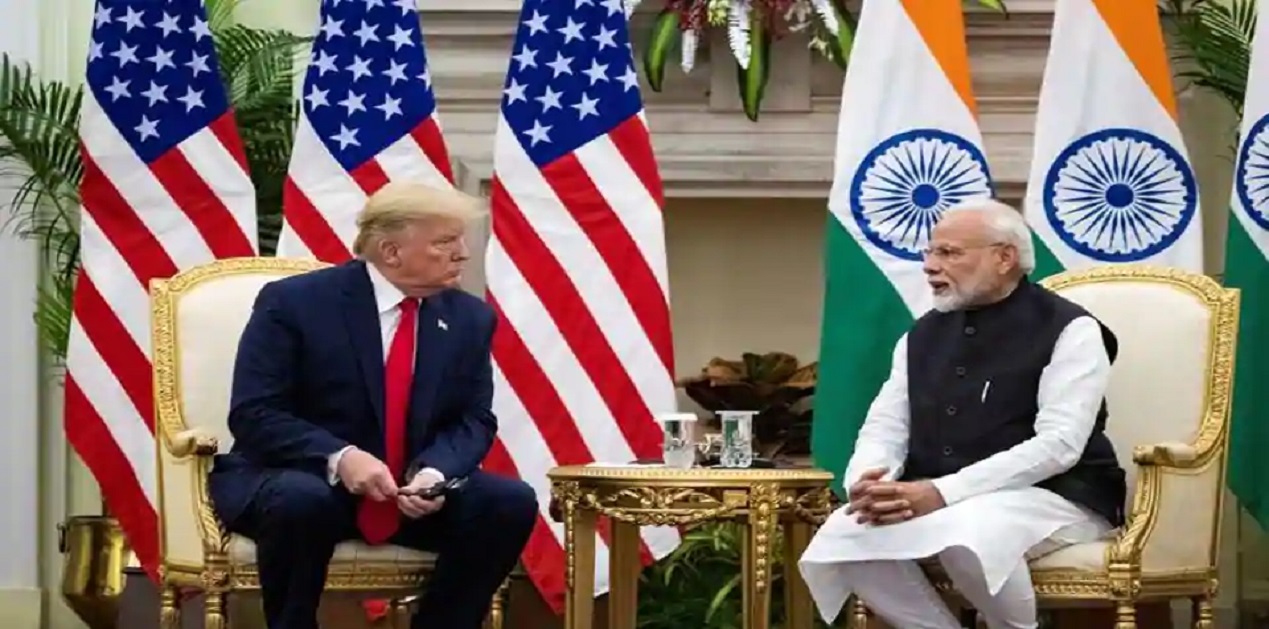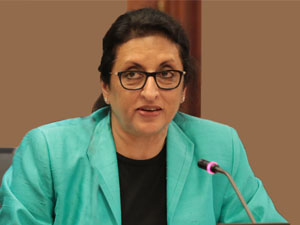The deep camaraderie seen between the two leaders during US President Trump’s visit to India is a testimony to the tenacity of India-US relations that continues to deepen despite challenges. Though the visit was high on pomp, pageantry and symbolism, serious business was discussed and concluded to consolidate India - US relations through the creation of a Comprehensive Global Strategic partnership. The Joint Statement covered all the key issues from condemnation of cross border terrorism in all its forms to the creation of a stable and prosperous Afghanistan, deepening defence and security cooperation, the early conclusion of the last of the defence cooperation enabling agreements, including Basic Exchange and Cooperation Agreement for Geo-Spatial Cooperation (BECA). It also mentions steps to enhance India’s energy security through greater alignment of policies, including in the area of nuclear energy, measures to reinvigorate the Homeland Security Dialogue, elevate maritime security cooperation by creating a “meaningful Code of Conduct in the South China Sea to safeguard the interests of all nations according to international law, and various consultation mechanisms, including Quadrilateral consultations, infrastructure development, and creating a Blue Dot Network.
Besides security matters, the Joint Statement also addressed social issues like enhancing the education and economic empowerment of women and girls through “finance, training and mentorship initiatives” by aligning the United States’ Women’s Global Development and Prosperity (W-GDP) Initiative with the ‘Beti Bachao Beti Padhao’ programme of the Government of India.
US President Donald Trump’s visit to India has been a resounding success. Whether it was the “rock star” moment at the Motera Stadium in Ahmedabad, or the formal bilateral meeting at Hyderabad House, or the interaction with Indian business leaders, and even the press conference, the US President struck all the right notes. He was effusive in his praise for the Indian Prime Minister and of India’s successful rise under his dynamic leadership. He re-iterated his love and respect for India, its people, the ideals of democracy and non-violence during his brief but packed visit. He referred to Indians as “strong and noble… a hope for all humanity” who had found a “faithful and loyal friend” in the United States.
President Trump cut an extremely statesmanlike figure especially in the mature handling of the media by him which tried to provoke by raising questions about the Citizen Amendment Act and religious freedom in India. He did not rise to the bait, remained calm and patiently answered all questions. He was clear that he wanted to carry happy memories of his visit and that he would be back again. It was obvious that Trump saw value in coming all the way to India just before getting into re-election mode and he has not gone back disappointed.
Both leaders want to cement the India-US relationship further and have invested a great deal in forging close personal links. The US president was obviously prepped right on a range of issues and did not strike any discordant note but before leaving he did dwell at length on a “Big Trade Deal” that India and the United States would work out soon. He also did not mince words when he said that he would be looking at Indian investment coming into America. As Trump hits the campaign trail for re-election, this matter could once again come to the forefront.
We must keep in mind that when PM Modi began his second term as prime minister, the unilateralist impulses of the Trump administration were high. Trump’s campaign for the U.S. presidential election this year is likely to be more muscular and nationalistic than Modi’s 2019 campaign, thereby necessitating an active policy by India. Our relationship with the United States is at an interesting juncture. Despite plenty of positive momentum, many sticky issues, especially in trade cast a shadow on Indo-U.S. relations.
Trade relations between the two democracies have been turbulent in the past as well but got exacerbated in 2018 when Washington imposed tariffs on steel and aluminum exported from India under section 232 of the Trade Expansion Act of 1962 on the grounds of national security. A series of protective measures against India led to a tit-for-tat response from New Delhi which imposed tariffs of $235 million on US goods worth $1.4 billion, prompting speculation about growing Indo-US tensions with trade as the focal point.
India had unfortunately failed to anticipate the adverse outcome of a protectionist Trump who ran his 2016 election campaign on the two main planks of ‘making America great again’ and to 'bring back the jobs.' Acting on his election promise to reform the H-1B visa system, Donald Trump signed an executive order for tightening the programme and granting visas only to “the most skilled and highest-paid applicants,” and not to replace Americans.
India and the US have had differences on WTO issues and bilateral trade, investment and Intellectual Property Rights (IPR) issues under previous administrations. With Trump’s emphasis on America First, US trade, investment and IPR policy under Trump has become more contentious. US Trade Repersentatives have always been negative towards India and the present incumbent, Robert Lighthizer, has long argued in favour of protectionism and is a proponent of hard trade policies. He can be relentless.
Can India work out a strategy to deal with potential pressures like the Generalized System of Preferences (GSP) review or India’s designation as a developed nation, which seem to have adversarial connotations for India since the US is India’s biggest export destination? From India, a bit of marketing, a bit of positioning, and a lot of strategic thinking is required. A way out could be to move forward on further strengthening the strategic aspect of relations where there is greater harmony.
While India was at the forefront of the Trump administration’s priorities during the first year of his presidency, it failed to anticipate both the potentially positive and negative developments that could derail the momentum and plan its diplomatic actions accordingly. All rhetoric aside, Donald Trump is an 'America-first' believer. He also has a transactional approach to running a Government and crafting his policies. Therefore, he will keep the US' long-term interests in mind. It is thus logical, as one analyst puts it, that an “India which is in sync with US long-term interests will get the maximum traction and mindshare”. Therefore India has a challenging task and must act on areas where its interests and America's coincide. There is no time for procrastination.
The positive momentum of the visit should be looked as an opportunity for pursuing broader strategic and political objectives by both the countries. Considering geopolitical challenges to their strategic interests in the region, both India and the United States should focus on areas of strategic convergence and this should continue to remain at the centre of discussions at the highest levels. It is time that the two countries should also move beyond trade issues with a microscopic focus on agriculture, dairy and poultry, and build upon mutual strengths in other economic domains to build a reliable and substantial strategic partnership.
(The paper is the author’s individual scholastic articulation. The author certifies that the article/paper is original in content, unpublished and it has not been submitted for publication/web upload elsewhere, and that the facts and figures quoted are duly referenced, as needed, and are believed to be correct). (The paper does not necessarily represent the organisational stance... More >>
Image Source: https://www.hindustantimes.com/india-news/us-relationship-with-india-is-now-extraordinary-says-president-trump/story-fN3A2vwJxJmiWPMXUY0fiN.html











Post new comment